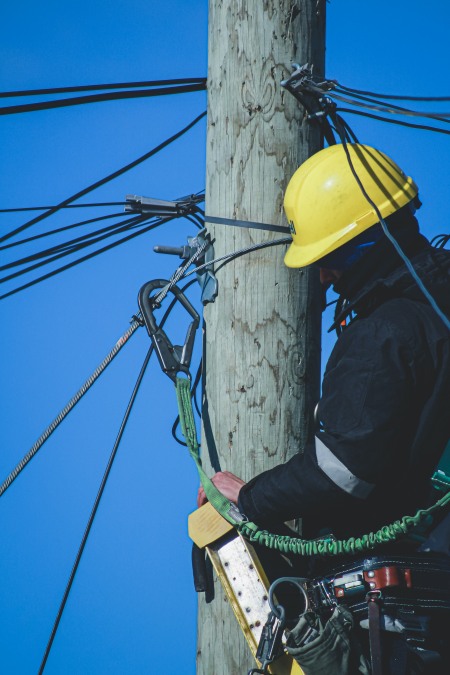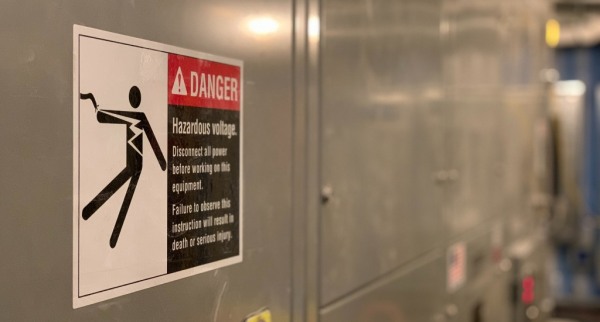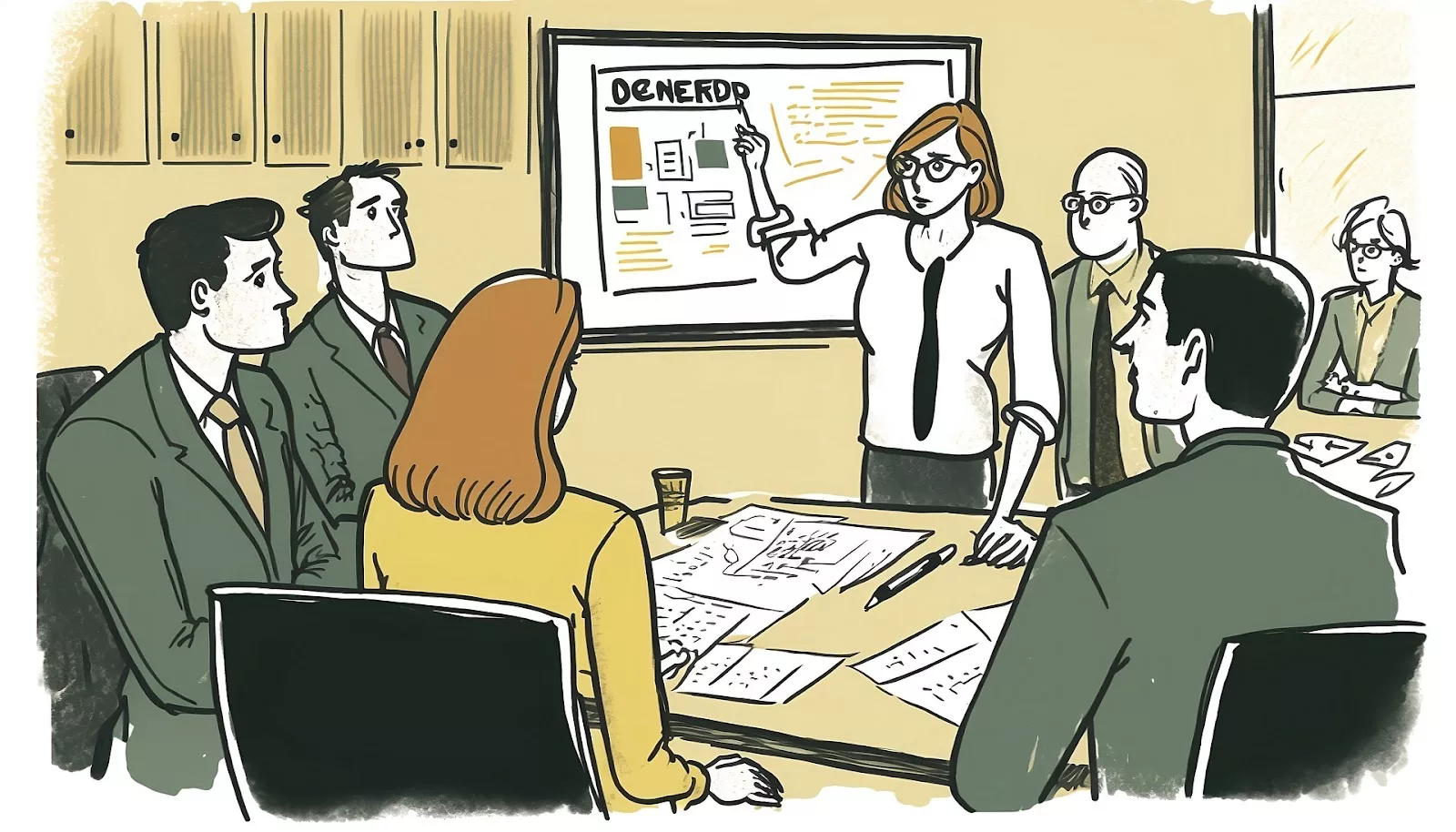Keeping a workplace safe seems like an uphill battle. While a construction site may be kept relatively safe, an office worker can slip on a coffee puddle or a cord and get a serious injury. In other words, it is impossible to keep a workplace 100% accident-free.
The thing is that you need to make sure that you know exactly what you’re dealing with and that you understand that you’re dealing with chances and fighting against odds. You’re trying to lower the odds that there will be an injury and you’re trying to reduce the impact of any potential injury. That’s it, that’s all that you can actually do.
1. Slip and fall
A slip and fall are possible even in the office environment, let alone in a more dangerous setting. Still, there are several factors that affect the likelihood and the hazard of a slip. First, there’s the flooring material. Second, there’s the nature of the industry which may rely on the type of materials that are left lying on the ground and liquids that can make the floor more slippery.
Overall, proper maintenance of the area is essential to reducing slip and fall but there’s one more thing worth mentioning here – cable management. There are a lot of tricks you can use to handle this effectively.
2. Electrical hazards

Wherever there’s electricity, there’s an electrical hazard, however, this hazard is not omnipresent or equally represented in every industry. The equipment that you’re working on can differ in voltages, which means that while some are minor, others can be fatal.
One of the biggest problems with electrical hazards is the fact that avoiding them relies on the personal responsibility of individual employees and their willingness to wear the PPE. Rubber gloves and soles can provide the necessary protection, however, negligence in the workplace can nullify their effect.
3. Mislabeling

The issue of mislabeling dangerous materials or failing to label them, to begin with, is a serious problem. Sure, there are some hazards that are quite obvious but, then again, you can’t rely on the fact that all of your employees will be on their toes all the time.
By investing in safety signs and equipment, you will increase the likelihood of this by quite the margin. A common misconception is that a sign is there to warn you of a hazard that you would be unaware of. Instead, a sign is there as a reminder that the danger is here and that it’s still present.
4. Working in confined spaces
Confined spaces are dangerous on their own, seeing as how they restrict the mobility of movements. Second, the quality of air in confined spaces is often compromised, which might affect a lot of people, especially those who already have some respiratory problems.
In order to avoid a problem, it is imperative that all your employees undergo the necessary training. Working in confined spaces clearly differentiates between entrants, supervisors, and rescue crew. The thing is that the majority of these courses don’t take more than several days and the costs are really not that high.
5. Fire hazards
Fire can break out for a number of reasons. It ranges from faulty installations and malfunctioning equipment all the way to mishandling of the aforementioned equipment. Now, one thing worth mentioning about fire is that it can never be completely avoided. This is why, aside from introducing a practice that will minimize the likelihood of fire, you also need to think about the response.
Have the evacuation plan ready and make sure that all your fire detection alarms are operational. Keep in mind that having all your fire extinguishers checked and ready also makes a world of difference.
6. Ergonomic hazards
The biggest issue with ergonomic hazards lies in the fact that you’ll have a hard time diagnosing the problem. Unlike fire or physical injury, it will take weeks, months, and years of enduring these conditions for an ergonomic hazard to finally manifest itself. One of the ways to avoid it is to ensure that your entire staff has access to proper workplace equipment and quality workstations. Desks, chairs, and computer peripherals may all play a significant role here. Therefore, you need to ensure that your entire staff gets them.
In the age of telecommuting, if you can’t provide this for your entire staff, you might want to let some people work from home.
7. Chemical and biological hazards
The reason we left this one for the last is not that it’s less dangerous than some of its above-mentioned counterparts. The reason for this is the fact that it’s not present in all industries (unlike slip and fall, fire, etc.). Also, when dealing with chemical and biological compounds, you need a higher level of protection and more specialized care on the spot.
Keep in mind that vigilance is key in this area, which is one more reason why you need to focus on hiring the right people for the job. This makes the vetting process even more important.
In conclusion
At the end of the day, the best way to do this is to ensure that your workplace is safe to help make safety, everyone’s responsibility. People need to know what they’re up against and they need to know that they’re the only ones who can actually protect themselves from something like this. Also, keep in mind that circumstances change all the time, which is why you need to remain ever vigilant.


